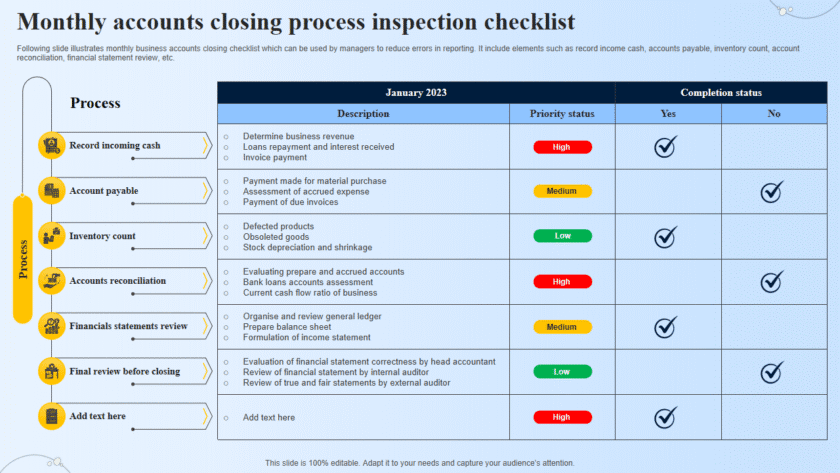What is Penetration Testing?
Penetration Testing (or Pen Testing) is a cybersecurity practice where professionals simulate real-world attacks on a computer system, network, or web application to identify vulnerabilities. The primary goal is to detect and address security weaknesses before malicious hackers can exploit them.
Types of Penetration Testing
- Network Penetration Testing
- Focus: Identifies vulnerabilities in external and internal networks.
- Examples: Misconfigured firewalls, open ports, and unpatched servers.
- Web Application Penetration Testing
- Focus: Evaluates the security of web-based applications.
- Examples: Cross-site scripting (XSS), SQL injection, and broken authentication.
- Wireless Penetration Testing
- Focus: Checks security issues in Wi-Fi networks.
- Examples: Weak encryption protocols and unauthorized access points.
- Mobile Application Penetration Testing
- Focus: Tests the security of Android and iOS applications.
- Examples: Insecure data storage, API vulnerabilities, and weak encryption.
- Social Engineering Penetration Testing
- Focus: Simulates human-based attacks to exploit trust.
- Examples: Phishing, baiting, and pretexting.
- Physical Penetration Testing
- Focus: Tests physical security measures.
- Examples: Bypassing security guards, lock-picking, or gaining access to restricted areas.
Penetration Testing Process
- Planning and Reconnaissance
- Define the scope, objectives, and systems to be tested.
- Gather information about the target using open-source tools (e.g., Shodan, Nmap).
- Scanning and Enumeration
- Use automated tools to discover vulnerabilities in networks or applications.
- Examples: Network scanning (Nmap) and web scanning (OWASP ZAP or Burp Suite).
- Gaining Access
- Exploit vulnerabilities to enter the system (e.g., through SQL injection or password cracking).
- Maintaining Access
- Check if attackers can stay undetected within the system for a prolonged period.
- Test for lateral movement or privilege escalation.
- Analysis and Reporting
- Document the vulnerabilities found, the risks they pose, and remediation steps.
- Deliver an actionable report to stakeholders.
- Remediation and Re-testing
- After vulnerabilities are fixed, conduct a re-test to ensure all issues are resolved.
Popular Tools Used in Penetration Testing
- Network Scanning Tools
- Nmap: Identifies open ports and network devices.
- Nessus: Scans for vulnerabilities in systems and applications.
- Web Application Testing Tools
- OWASP ZAP: Free tool for finding vulnerabilities in web apps.
- Burp Suite: Used for testing and exploiting web vulnerabilities.
- Password Cracking Tools
- John the Ripper: Cracks passwords using brute force or dictionary attacks.
- Hydra: Fast network login cracker.
- Exploitation Tools
- Metasploit: A framework for exploiting vulnerabilities.
- BeEF: Focuses on exploiting browser vulnerabilities.
- Social Engineering Tools
- Social-Engineer Toolkit (SET): Automates phishing campaigns.
- Gophish: Open-source phishing toolkit.
Why Penetration Testing is Important
- Identify Weaknesses Before Attackers Do
- Pen testing reveals vulnerabilities that could be exploited by hackers.
- Proactively identifying issues prevents breaches and data theft.
- Compliance and Regulations
- Many industries (e.g., finance, healthcare) require regular penetration tests to comply with standards like PCI-DSS, GDPR, and HIPAA.
- Avoid Financial Loss
- A breach can lead to business downtime, fines, and reputational damage. Pen tests help mitigate such risks.
- Validate Security Measures
- Ensure firewalls, intrusion detection systems, and encryption protocols are functioning effectively.
- Continuous Improvement
- Pen testing encourages organizations to update systems regularly and follow best practices.
Penetration Testing Certifications
- Certified Ethical Hacker (CEH) by EC-Council
- Focus on identifying and exploiting vulnerabilities.
- Offensive Security Certified Professional (OSCP)
- A hands-on certification emphasizing real-world penetration testing.
- Certified Penetration Tester (CPENT) by EC-Council
- Focuses on advanced penetration testing techniques, including network and IoT testing.
- GIAC Penetration Tester (GPEN) by SANS
- Covers web applications, password attacks, and network exploitation.
Penetration Testing as a Service (PTaaS)
Some companies prefer PTaaS, which offers on-demand penetration testing from third-party providers. Tools like Cobalt.io or Synack provide continuous testing and real-time reports to help businesses stay protected.
Conclusion
Penetration testing is crucial for maintaining a secure IT environment by proactively identifying vulnerabilities and strengthening defenses. Organizations can either build internal pen testing teams or hire external experts to conduct regular assessments and keep their systems secure.






